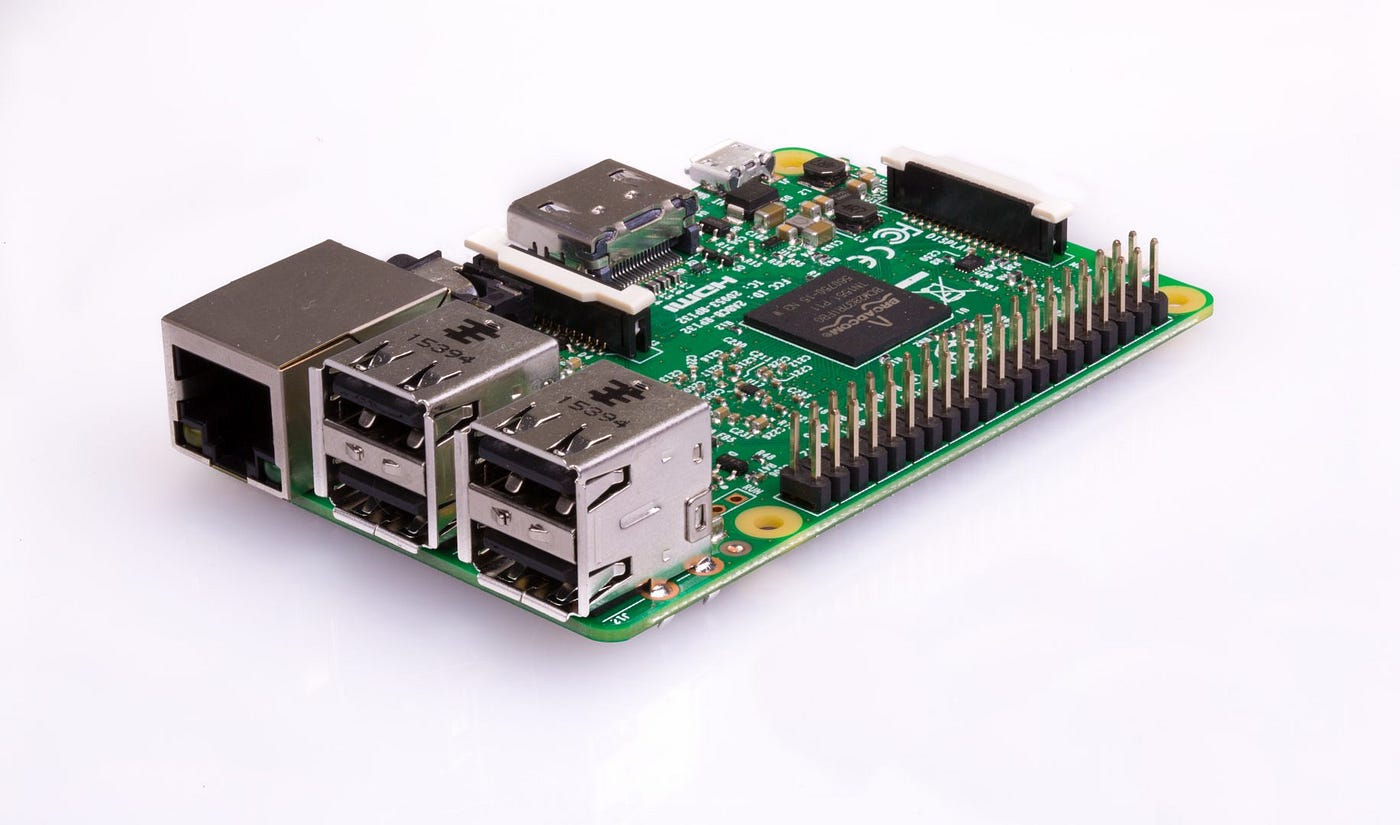

- #RASPBERRY PI DELUGE CLIENT PACKAGE INSTALL#
- #RASPBERRY PI DELUGE CLIENT PACKAGE DOWNLOAD#
- #RASPBERRY PI DELUGE CLIENT PACKAGE TORRENT#
I've started translating it for the english part of the wiki. All the documentation has been done here, in french ( ).
#RASPBERRY PI DELUGE CLIENT PACKAGE DOWNLOAD#
I also add more functionnality, like direct download using wget4web cgi script.
#RASPBERRY PI DELUGE CLIENT PACKAGE TORRENT#
I did the whole work using transmission a base torrent seeder.
#RASPBERRY PI DELUGE CLIENT PACKAGE INSTALL#
The first order of business is to install the required packages. The following description assumes that the Raspberry Pi running openSUSE will act as an NFS server, while your desktop machine and laptop will run the NFS clients. It has a built in web-interface that provides all the functionality I've needed so far, and it's still very lightweight. Better still, using YaST you can deploy and configure an NFS server and clients very easily. The transmission-daemon package installs a headless torrent client that starts automatically at boot (unlike rTorrent). I set my RPi up using rtorrent, which worked well, but getting a web interface set up was a bit of a pain.Īn alternative (which I'm running now) could be Transmission ( ). in this case I would opt for rtorrent, it is cli based, can be accessed and interacted with by ssh, and its resource footprint is minimal. I would highly recommend using a simpler and more powerful torrent server. Raspberry Pi 3 with Plex Media Server, Sonarr, Radarr, Cardigann and Deluge Torrent Resin Deluge 5 Resin. Well, if the idea is to have a 24/7 torent seeder, it is better to run the RPi as a server, headless that is in order to minimize costs.

Running a BitTorrent server on the Raspberry Pi is a good way to offload work from your main workstation, saving precious resources, such as. Meaning you will have to essentially add python3- (the 3 being the crucial element here) to all your installations. The best thing about Deluge is how client-server oriented it is. In this guide, we will go through the steps needed to setup the Deluge BitTorrent daemon on the Raspberry Pi, including the Deluge web interface to help manage your torrents from a separate computer. Just remember, most "safe" distro's tend to default to Python2 for their LTS platforms pre 2020. Some good documentation on the matter can be found at Īnd others have asked the same question on the official forums. There for installing one doesn't necessarily mean the other will be installed. Pip and python are two separate entities. Python-pip is for Python2 (as of ) if you need that too. You can do this by running the following two commands. Before we install the Deluge torrent client on to the Raspberry Pi, we should first ensure all our packages are up to date. This should install pip3 for managing Python3 libraries. Firstly, we will be using the latest Raspbian operating system anything else you might run into problems. If SSH is enabled on the Raspberry Pi, it should be possible to connect to it from your wireless client as follows, assuming the pi account is present: ssh pi192.168.4.1 or ssh pigw.


 0 kommentar(er)
0 kommentar(er)
